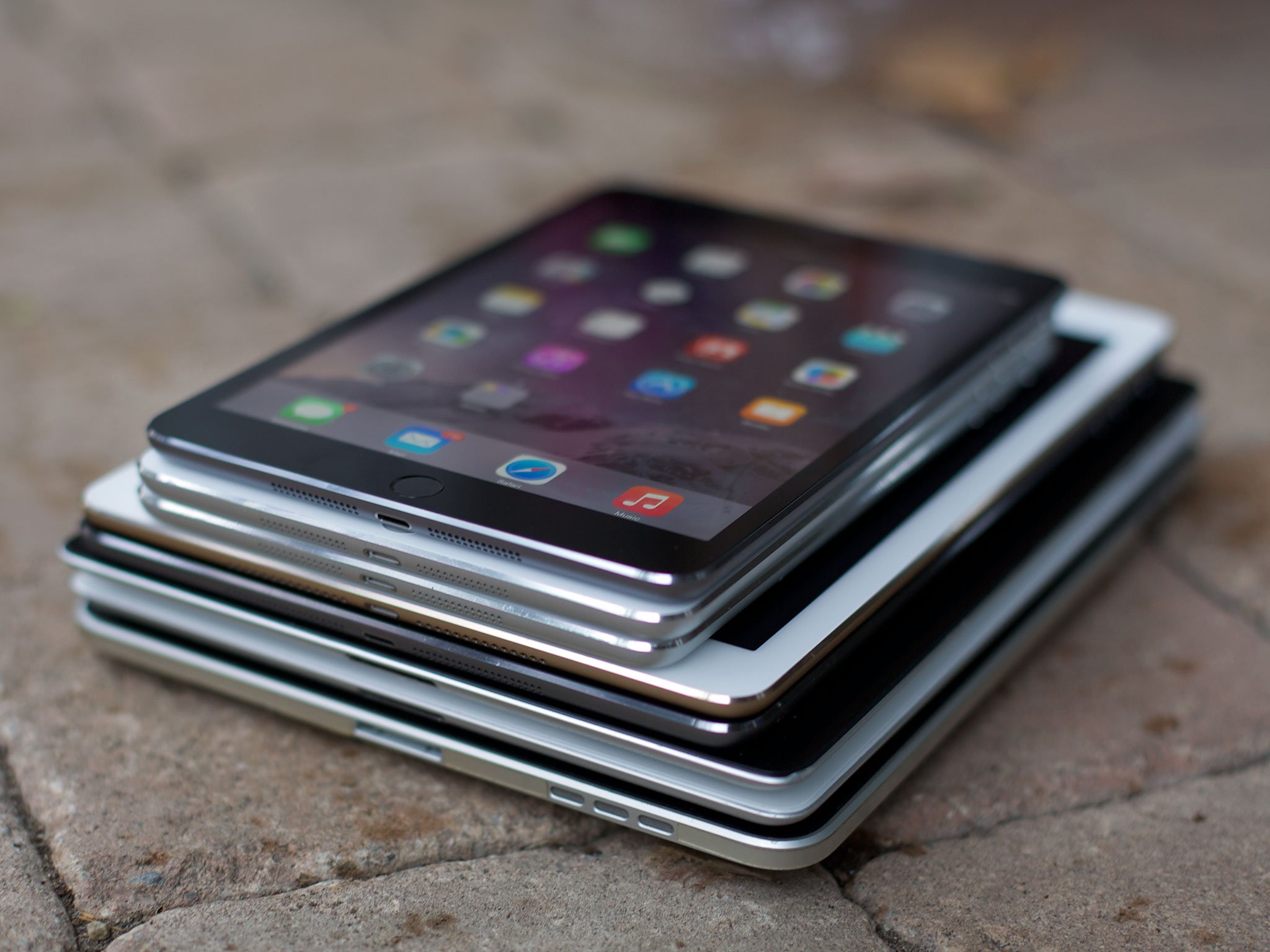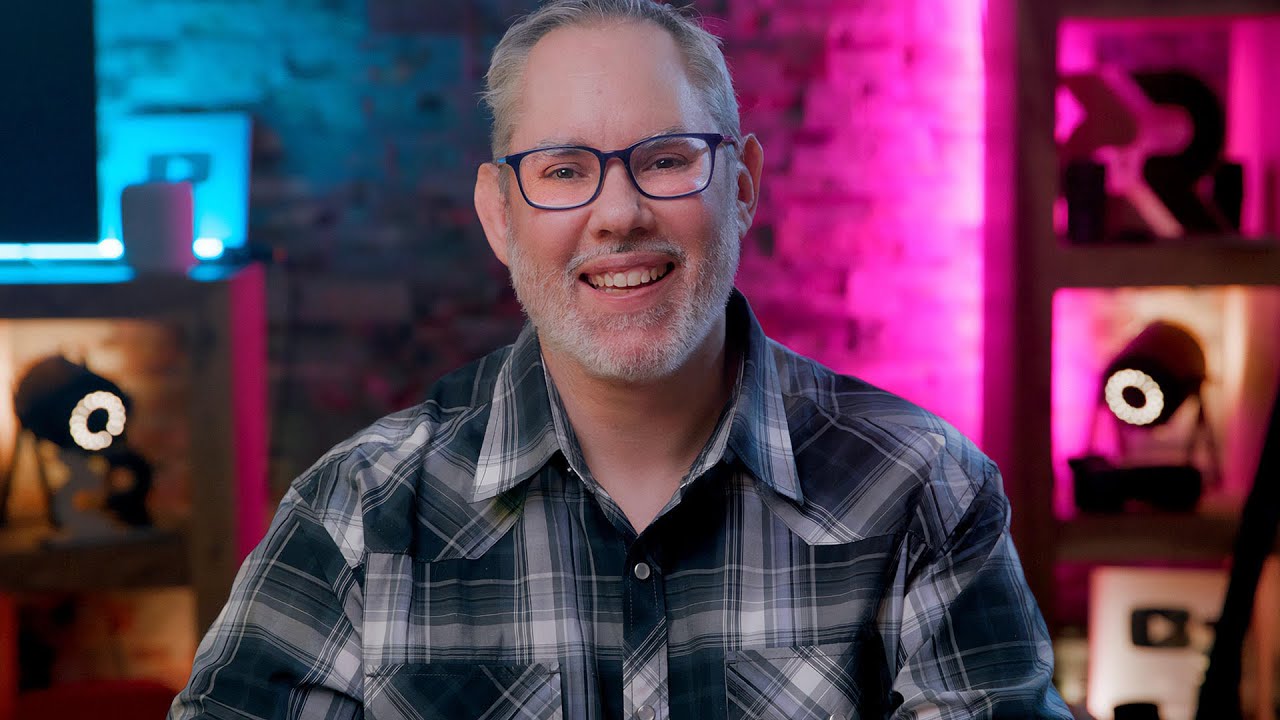What if the iPad ran iPad OS?

The Apple Watch runs WatchOS. It's a stripped down version of iOS, optimized for a much smaller screen and much smaller battery. It also has its own, distinctive look and feel, including its own take on the Home screen, its own interaction methods like the digital crown and force touch, and its own, distinctive capabilities like the Taptic engine, optimized for a wearable.
In contrast, when Apple decided to launch the iPad, they used iPhone OS. It was originally suggested they use the exact same single-column interface, but because it wouldn't make efficient use of the much larger screen, they decided to implement a dual-column interface instead. Yet the Home screen and design language remained the same as the iPhone, as did the interaction methods and capabilities.
Imagine instead, like the Apple Watch, the iPad ran its own distinct version of iOS: iPad OS. Rather than a stripped down version for smaller screens and batteries, imagine it ran an amped-up version that really took advantage of bigger screens and batteries, with a Home screen, interaction methods, and capabilities optimized for a tablet.
The original iPad was famously dismissed as being "just a big iPhone," yet that was its genius. It gave everyone for whom traditional computing was unapproachable, inaccessible, or intimidating something that comforted and empowered them. Those who tried to compete against the iPad by offering more desktop-style interfaces have, to put it mildly, failed.
To keep the iPad as a mainstream point of entry into the world of computing, its primary interface layer has to remain approachable, accessible, and friendly. Apple has been very careful to make sure that, as more "advanced" features have been added to iPad and iOS — like the app switcher, notification center, control center, and extensibility — no one ever has to see or use them unless they seek them out and want to.
Similar to how an iPhone can just be your phone, camera, and music player, if that's all you need, an iPad can just be your web browser, ebook reader, and video watcher. The latter is exactly how the iPad was originally pitched: As being better than an iPhone and MacBook at those kinds of tasks. Yet the iPad now exists in a world of big screen iPhones and lightweight, long lasting MacBooks.
The iPad has been given some distinct features beyond the split view, of course. Apple added multitouch navigation gestures and USB adapters uniquely for the iPad. Yet Apple recently duplicated the split view controller in landscape mode on the iPhone 6 Plus as well.
iMore offers spot-on advice and guidance from our team of experts, with decades of Apple device experience to lean on. Learn more with iMore!
At the same time we now have an iPad Air 2 with and Apple A8X processor — tri-core CPU, octa-core GPU, 2GB of RAM — and technologies like Swift and Metal that make it as fast and powerful as some laptops. We have an iPad so fast and powerful it might well exceed the capabilities currently afforded it by its software.
There are remarkable apps — like Keynote and GarageBand that launched with the original iPad, and Pixelmator that launched with the iPad Air 2 — but those apps remain just that: remarkable. They've not become the norm. That might be a constraint of the market and not the system, but a distinct system could help unlock the potential of that market.
Rumors suggest Apple is already working on new capabilities — providing mechanisms for multiwindow apps, possibly with the ability to drag data between them. That would greatly increase the utility of the platform for people for whom productivity is important. There are also rumors of an iPad Pro with an Apple Pen, which some have come to hope would provide a digitizer to enable not only additional functionality for everyone from real estate agents to warehouse workers to enterprise sales teams, but creativity as well.
Those feel like first steps, though, not final ones.
Microsoft has been working on their Surface line of — tabtops? laplets? — for three generations (not counting the company's previous decade-long dalliance with Tablet PC). They include not only pen and digitizer technology, but a highly integrated, detachable keyboard. Like Google with Material Design, however, Microsoft is pursuing a one-design-to-rule-them-all strategy where the Metro/Modern language gets painted across all screens, no matter the size or capabilities.
With OS X Yosemite, Apple has maintained a separate, though related, operating system and a separate, though consistent, design language for the Mac. With Watch OS, Apple is now doing a variant operating system and design language for the Apple Watch. The company is letting each device remain distinct and true unto itself, but letting the computer and the watch work with mobile — iPhone and iPad — through technologies like iCloud and continuity.
An iMessage is an iMessage on the watch, phone, tablet, laptop, or desktop, and the Messages app is broadly consistent across those devices. You might simply receive it on one, begin a response on another, finish a response or refer back to it later on yet another. The activity will be the same, the state will be the same, only the method of interaction and experience will vary.
By decoupling activity from device, we can move seamlessly through the range of screen and power sizes, from convenience to capability and back, depending on our needs. And that liberates the system behind those devices to better suit those needs as well. It lets there be cars and trucks, but it also introduces the possibility of an SUV.
The iPad running iPhone OS made sense in a world before iCloud and Continuity, before Yosemite and Apple Watch. It kept everything compatible and consistent across mobile. Now, however, we have all those things. Compatibility and consistency have, in large part, been abstracted. Mobile can now be more than one thing.
What could iPad do if, like the Apple Watch, it had its own variant of iOS with interfaces, interaction methods, design language, and capabilities even more optimized for its size and power? What could the iPad do if it had its own iPadOS?

Rene Ritchie is one of the most respected Apple analysts in the business, reaching a combined audience of over 40 million readers a month. His YouTube channel, Vector, has over 90 thousand subscribers and 14 million views and his podcasts, including Debug, have been downloaded over 20 million times. He also regularly co-hosts MacBreak Weekly for the TWiT network and co-hosted CES Live! and Talk Mobile. Based in Montreal, Rene is a former director of product marketing, web developer, and graphic designer. He's authored several books and appeared on numerous television and radio segments to discuss Apple and the technology industry. When not working, he likes to cook, grapple, and spend time with his friends and family.
